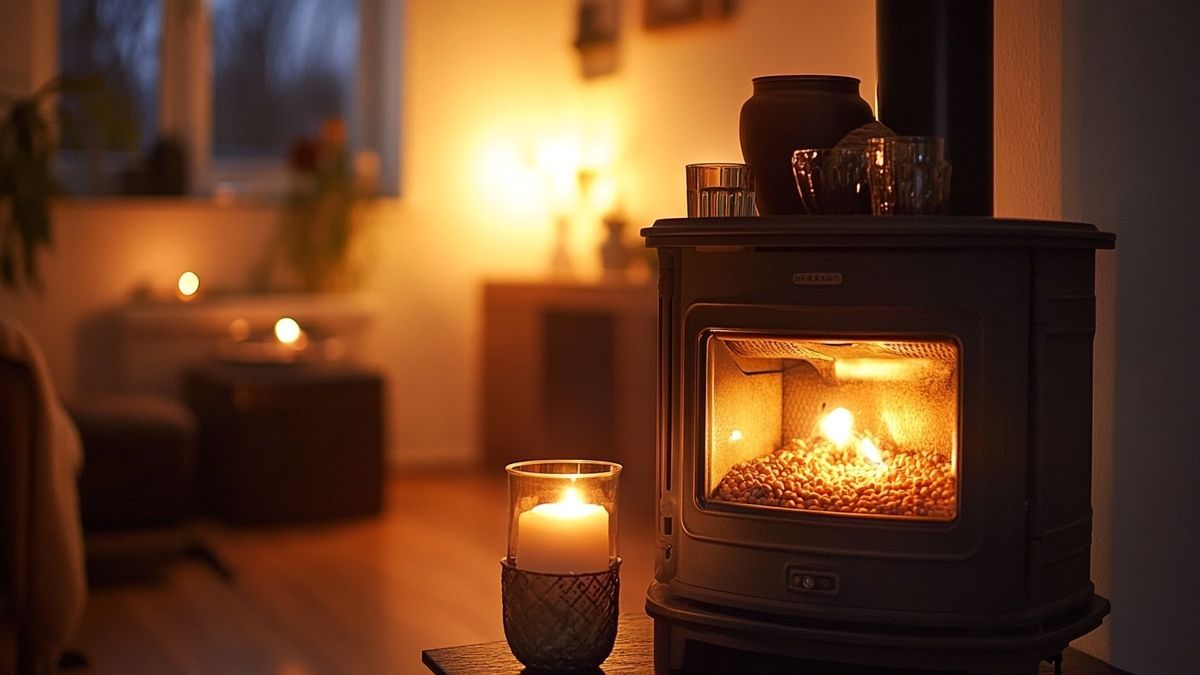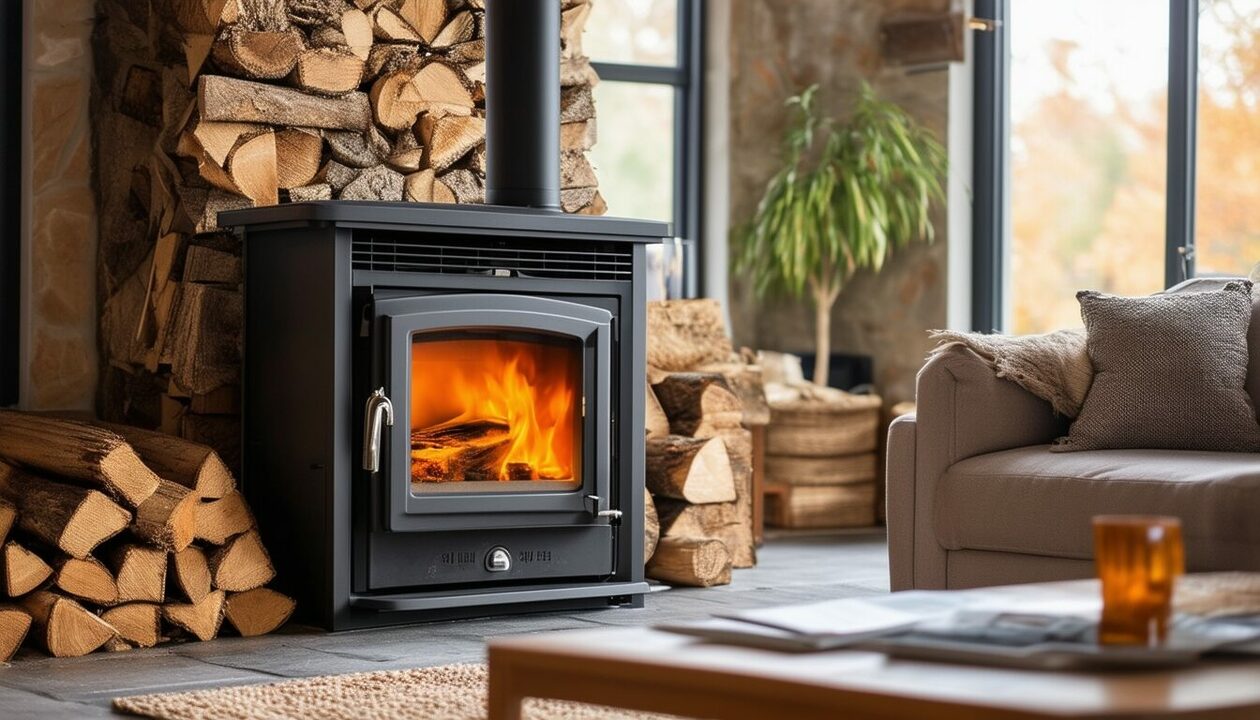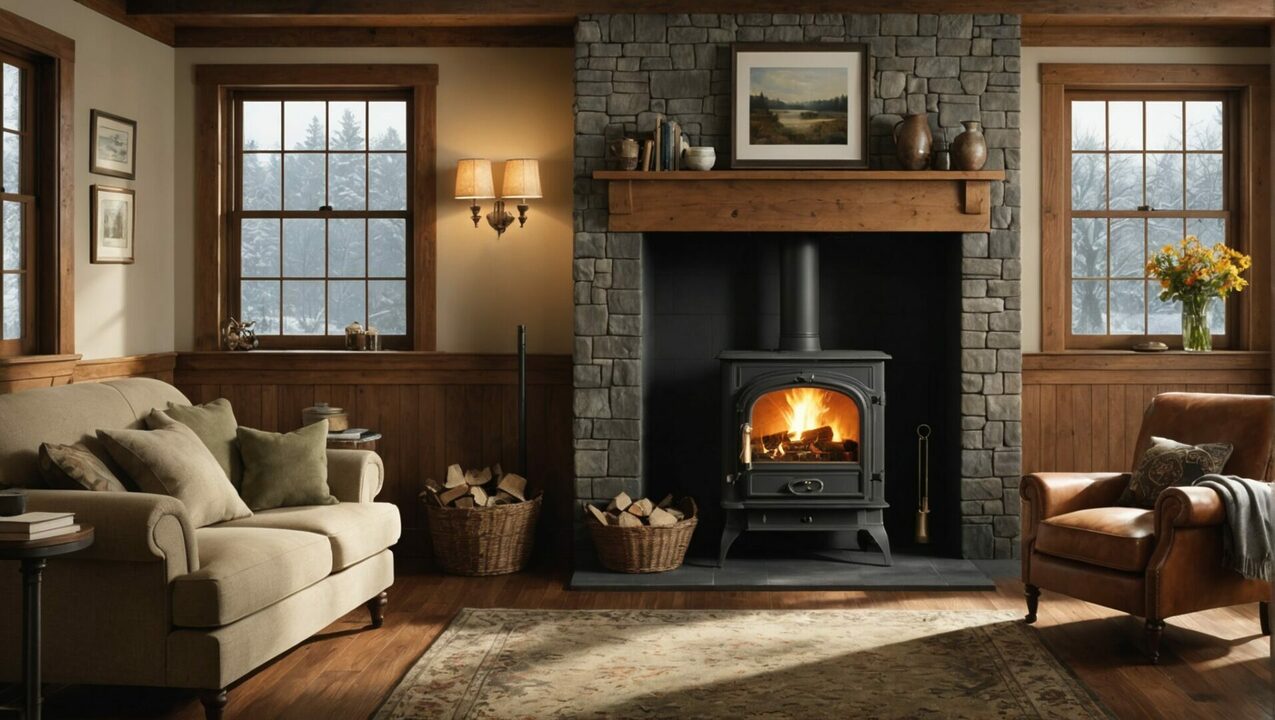Wood heating is growing in popularity. Among the solutions available, pellet stoves stand out for their efficiency and practicality. If you are considering opting for this solution, the question of pellet consumption is essential. Let’s explore this topic together to better understand how it works.
Annual consumption according to the size of the house
Pellet consumption depends largely on the surface area to be heated. For a house of approximately 100 m², it is not uncommon to see annual consumption around 2 tonnes of pellets. This may vary depending on the insulation and specific needs of each home. A well-insulated home will consume less, which is an asset to take into account during your heating project.
Estimated consumption per hour

On average, a pellet stove can consume approximately 1 kilogram of pellets per hour. This estimate provides an idea of daily operations. So, for a harsh winter, it may be wise to allow up to 2 bags of 15 kg per week. However, this figure can fluctuate depending on climatic conditions and the desired temperature choice in your interior.
Consumption for houses of different sizes
The heating capacity of a pellet stove also varies depending on the surface area. For a house of 80 m², consumption is around 1 kg per hour, while for a larger area, like 120 m², it is possible to achieve a total consumption of 14.4 kg per day, especially if the house is poorly insulated.
Factors affecting consumption

Several elements directly influence pellet consumption. The insulation of your home, the temperature you want to maintain, as well as the type of stove chosen play an essential role. Likewise, regular use during the winter season leads to varied pellet needs. Thinking about insulation can reduce this consumption, thus optimizing your heating investment.



